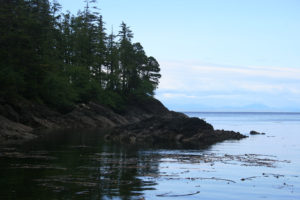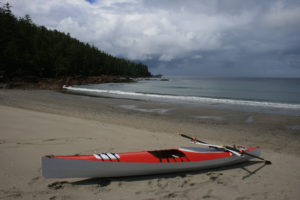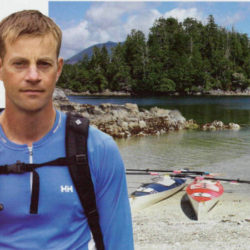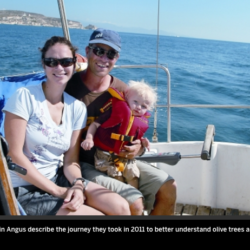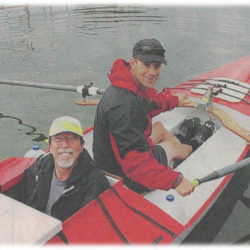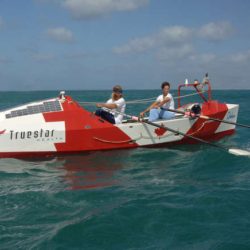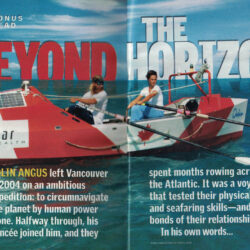Bertrand Piccard, famous for being the first to complete a non-stop balloon circumnavigation of the world, is working on a new project that seems at odds with the laws of physics.Piccard, and his team of scientists, engineers, and physicists is working on Solar Impulse, an effort to create an aircraft capable of remaining aloft indefinitely without the need for refueling.
They have created a solar-powered airplane, achieving what has long been deemed impossible.The high energy requirements needed to keep traditional aircraft aloft combined with the modest power generation of solar panels seemed a dead end combination to create a functioning system.Energy created by adding additional solar panels would be negated by the energy-sapping weight, creating a seemingly vicious cycle of impossibility.
Or so scientists and engineers used to think.OnDec 3rd, 2009, Piccard’s dream reached a major milestone after six years of planning, designing and construction.Their prototype, HB-SIA, took flight for the very first time.It was only a test hop, just rising a few metres from the ground, but the craft handled perfectly, which bodes well for high altitude testing taking place later this spring.
One of the greatest challenges the team faces is flying through the night.The solar panels need to create enough energy not just to maintain daytime flight, but also to power the plane through the long dark nights.Night flying means the solar panels have to produce significantly more than double the energy required for daytime flying due to heavier payloads (from storage batteries) and the unavoidable energy losses of electrical storage.One way the team plans to reduce the batteries required is to take advantage of potential energy gain; a means of storing energy that an airplane is well suited for.Throughout the day the aircraft will gain altitude using energy of the sun.Through the night the craft will gradually lose elevation, flying almost like a glider.This will use significantly less electricity than maintaining a level path through the night.
There is still a long way to go before attempting the first sun-powered circumnavigation of the world.After the high altitude testing, the next big challenge will be testing the aircraft on its first night mission.Finally, the team will take what they’ve learned from the prototype and build a new aircraft which should be capable of circling our planet.They will first attempt a flight across the Atlantic followed by a circumnavigation of the world.
At a time when we all need to take steps to reduce our energy consumption and look to sustainable sources, the Solar Impulse project is an inspiration.If a human can fly around the world using nothing but rays of sunshine gathered in the sky, there is no limit to what we can do here on the ground.
>> Read about other featured explorers on our website.


